When the sacred is distorted
In traditional Vietnamese culture, sacredness is not only associated with beliefs or religion, but also respect fostered by faith, memories and communal emotions through many generations.
An ancient banyan tree, a village well, a royal decree, a wooden statue… may not be valuable in material terms, but they are “sacred” because generations of people have attached themselves to them, worshiped them, and entrusted their spirit to them.
Many national treasures such as the Thousand-Armed and Thousand-Eyed Bodhisattva Statue of Me So Pagoda, Ngoc Lu bronze drum, Van Ban Pagoda bell... were once present in the worship space, closely associated with community rituals.
For the ancients, objects only had real value when they carried a soul. Therefore, bronze drums were not just musical instruments but always held a central position in rituals. Buddha statues were not just sculptures but also places of faith.
When an artifact is separated from its cultural context and reverence, even if it still exists in its original form, it is considered to have lost its soul.
The act of climbing onto the throne is not simply an offensive act, but an insult to the sacred memory of a nation. The throne is not just an antique but a symbol of royal power, of court ritual, of social order and of historical continuity.
When sacred symbols are violated, this is a sign of the fading of the sacredness in cultural-spiritual spaces, when sacred values are gradually being erased.
The throne in Thai Hoa Palace. (Photo: Department of Cultural Heritage) |
Not only artifacts, many traditional festivals are also being "desanctified".
From the procession of the Lady of the Warehouse in Bac Ninh, the water procession in Nam Dinh to the harvest prayer of the H'Mong people in Yen Bai . These are rituals with strong agricultural and folk beliefs, now gradually transformed into cultural performances, staged to serve the needs of tourism.
Many religious buildings have been renovated in a modern way, with ceramic tiles, corrugated iron roofs, and ancient statues replaced with painted cement statues.
Spaces that should be solemn and quiet for people to worship respectfully are now obscured in their spiritual depth. Even in museum spaces, there are places that use excessive sound and light, disrupting the quiet space necessary for contemplation. Many people do not maintain respect when standing in front of sacred spaces. They carelessly climb on artifacts to take pictures, touch them, throw coins on the altar...
Many heritage experts have warned: Once the sense of sacredness is lost, nothing can replace it. No matter how valuable an artifact is, if it is only displayed without cultural context and connection to spiritual life, it is just an inanimate object.
Restore the sacredness of heritage
Anti-desecration has been mentioned for a long time, but in reality there is a lack of coordination between the cultural, tourism, and educational sectors... Preserving the sacredness is not just about maintaining the external form of the heritage, more importantly it is about preserving the spiritual depth of the heritage that has been trusted, respected, and passed down through many generations by the community.
This is particularly important for intangible cultural heritage, where the sacred lies in the ritual, space, time and people who practice it. For example, in the Red Dao initiation ceremony, the sacredness lies not only in the colorful costumes or the vibrant music, but also in the ritual of transmission from shaman to student, where the living connect with their ancestors.
The Coming of Age Ceremony of the Red Dao people in Lao Cai . (Photo: VU LINH) |
Sacredness cannot be recreated by technology, but must be preserved from the very lifeblood of the community.
For treasures displayed in museums, it is necessary to carefully recreate the original space from the display, lighting, sound to the explanations and descriptive stories to arouse a sense of sacredness in the hearts of viewers.
The Kyushu National Museum (Japan) is a typical example. The Buddha statue is displayed in soft light, a quiet space with meditative music echoing… creating a sacred and respectful feeling for the worshipper.
In addition, the central role of the community needs to be affirmed and restored. Artisans, temple keepers, shamans, and sorcerers are not only the ones who perform rituals, but also the ones who preserve cultural knowledge and carry the soul of heritage.
When festivals are “recreated” by event companies, sacred rituals are easily turned into commercial spectacles. If there is no clear boundary between spiritual space and tourist space, the risk of distortion will become more and more serious.
To prevent the loss of sacredness, it is necessary to implement a fundamental, interdisciplinary approach from education to legal policy. Children need to be nurtured with a sense of sacredness from ancestral beliefs, through village rituals, and through their behavior in front of relics and heritage.
Many countries with strong cultures teach children morality, etiquette and respect for the past as an essential part of their journey to adulthood. Along with that, perfecting the legal framework to protect national treasures, strictly controlling restoration activities and preventing the commercialization of heritage is extremely urgent.
Along with that are policies to support heritage preservation teams so that the sacredness is not "cut off" in the flow of modernization.
In the national cultural life, heritage is not only an artifact of the past but also a “sacred object” associated with beliefs, memories, spirituality and community identity. In the face of the increasingly common situation of “de-sacredization”, preserving and restoring the sacredness of heritage is not only an act of preserving cultural ethics, but also restoring faith, strengthening identity and preserving the spiritual foundation for future generations.
Source: https://nhandan.vn/gin-giu-gia-tri-linh-thieng-cua-di-san-post882841.html


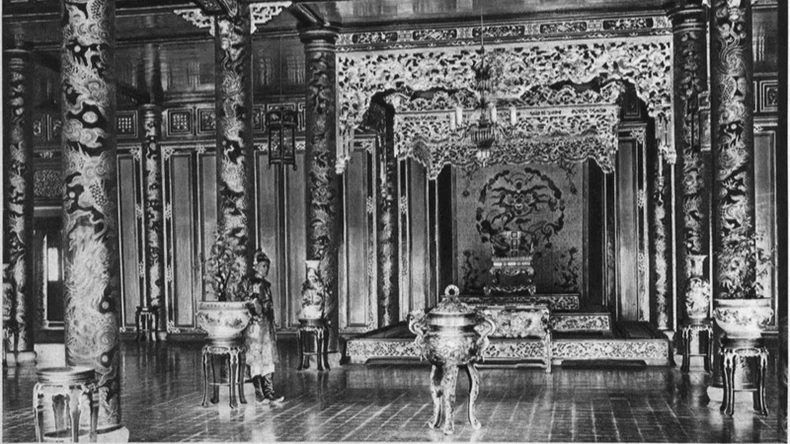
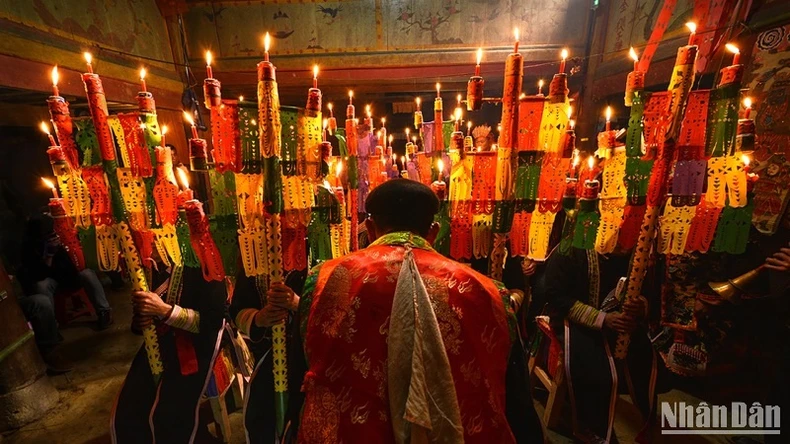
![[Photo] The road connecting Dong Nai with Ho Chi Minh City is still unfinished after 5 years of construction.](https://vphoto.vietnam.vn/thumb/1200x675/vietnam/resource/IMAGE/2025/11/04/1762241675985_ndo_br_dji-20251104104418-0635-d-resize-1295-jpg.webp)

![[Photo] Opening of the 14th Conference of the 13th Party Central Committee](https://vphoto.vietnam.vn/thumb/1200x675/vietnam/resource/IMAGE/2025/11/05/1762310995216_a5-bnd-5742-5255-jpg.webp)
![[Photo] Panorama of the Patriotic Emulation Congress of Nhan Dan Newspaper for the period 2025-2030](https://vphoto.vietnam.vn/thumb/1200x675/vietnam/resource/IMAGE/2025/11/04/1762252775462_ndo_br_dhthiduayeuncbaond-6125-jpg.webp)
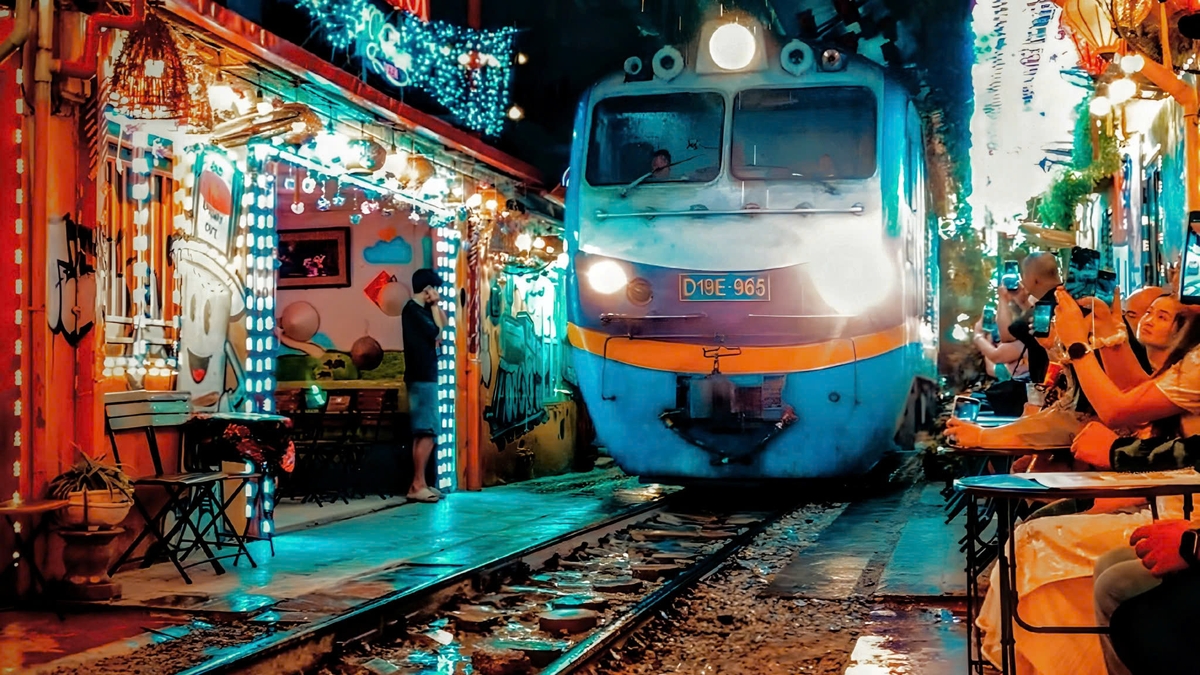

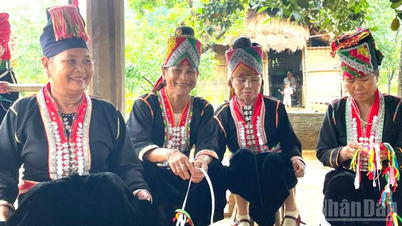
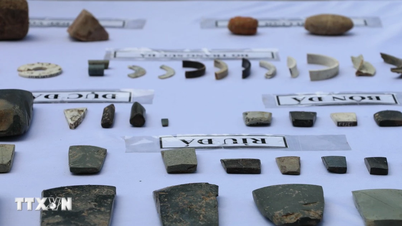





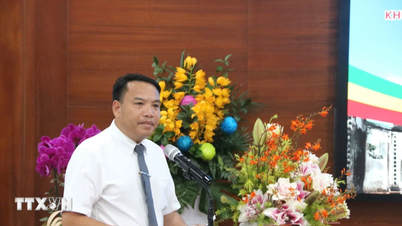
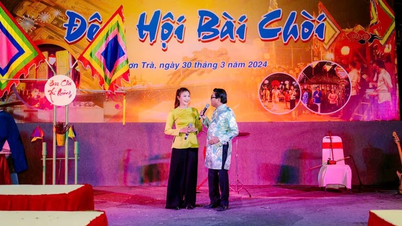
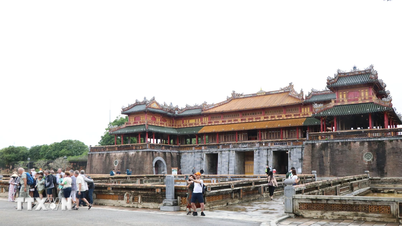


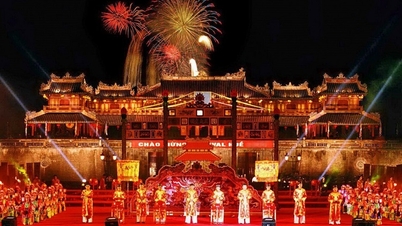
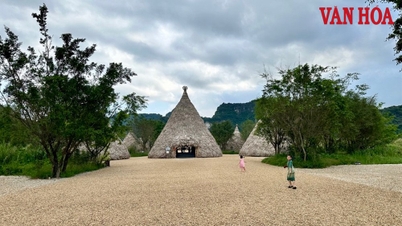

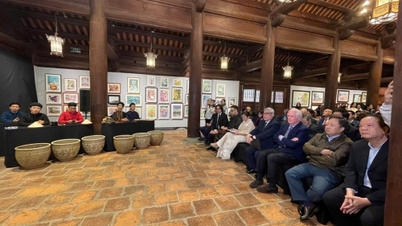

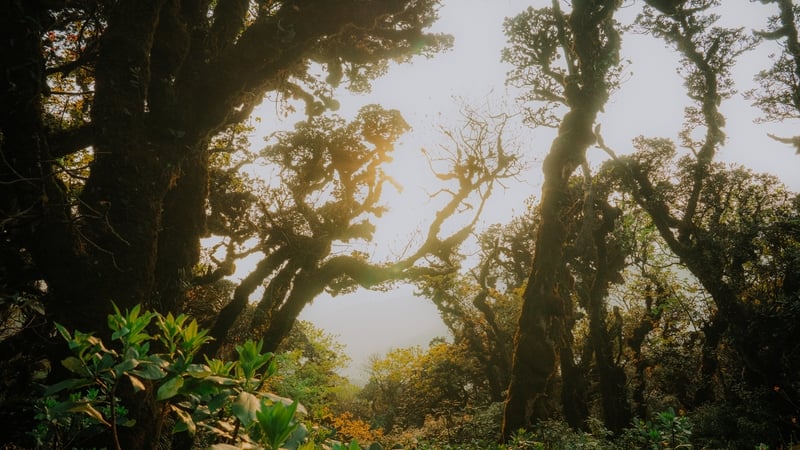





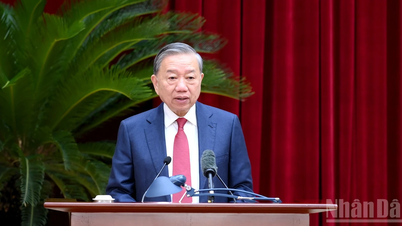
![[Photo] Opening of the 14th Conference of the 13th Party Central Committee](https://vphoto.vietnam.vn/thumb/402x226/vietnam/resource/IMAGE/2025/11/05/1762310995216_a5-bnd-5742-5255-jpg.webp)
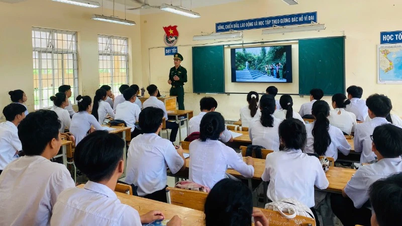



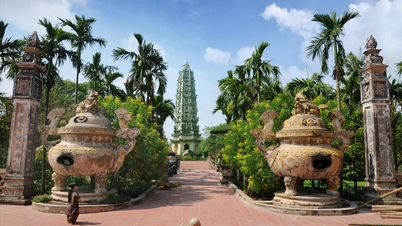



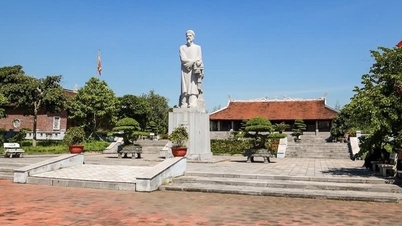




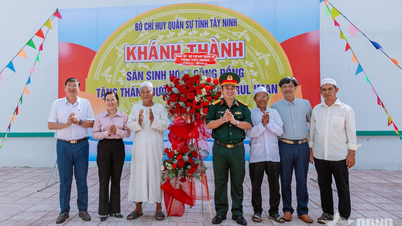

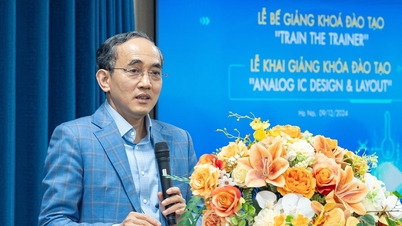
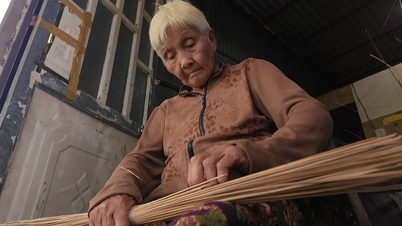






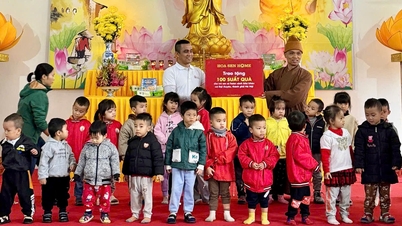






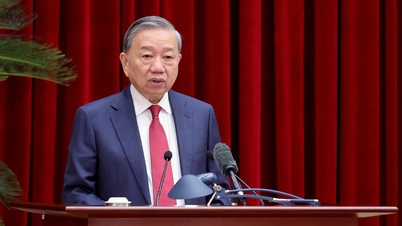







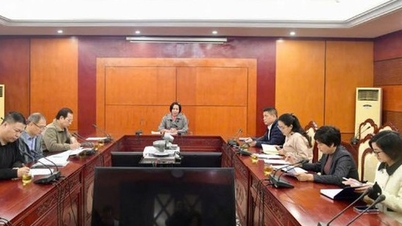


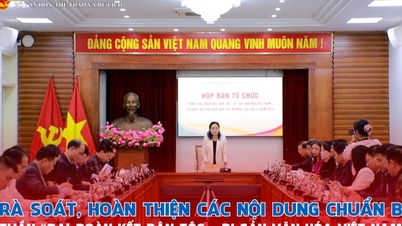
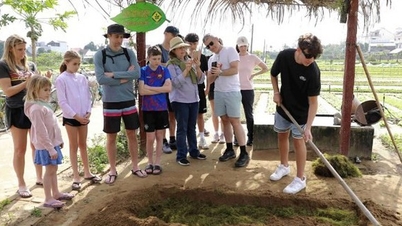


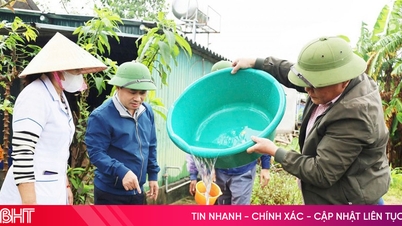






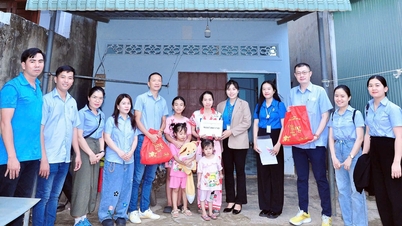

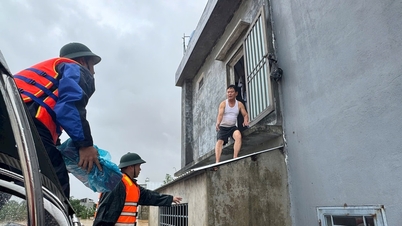

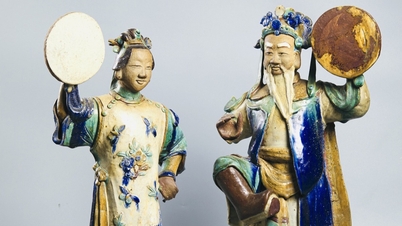











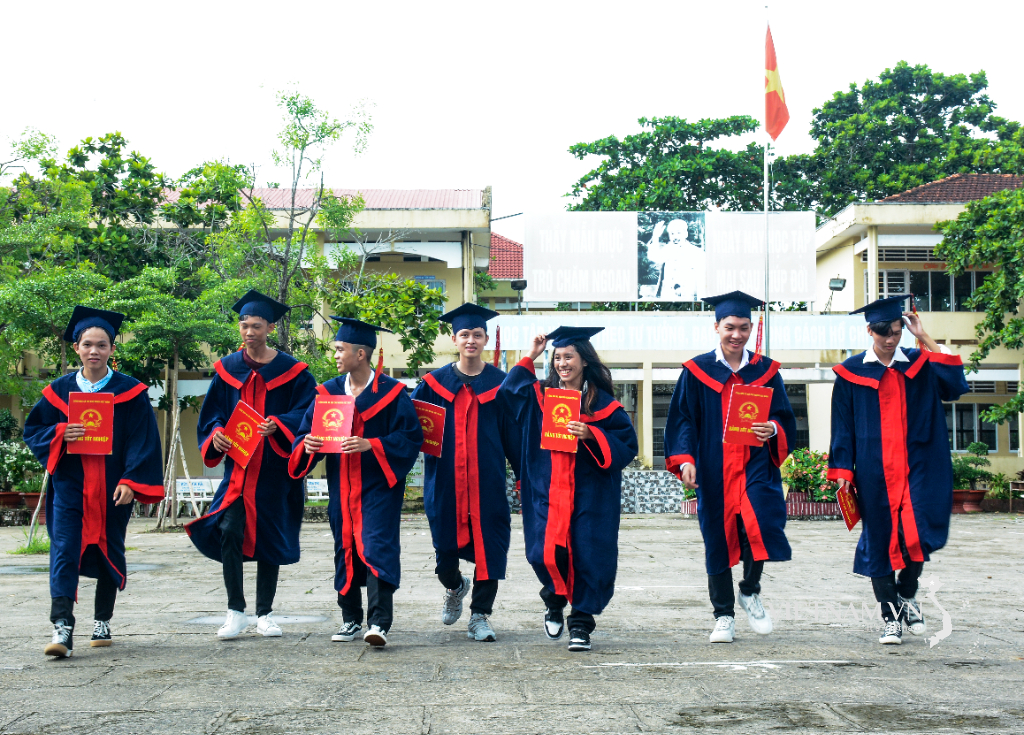

Comment (0)